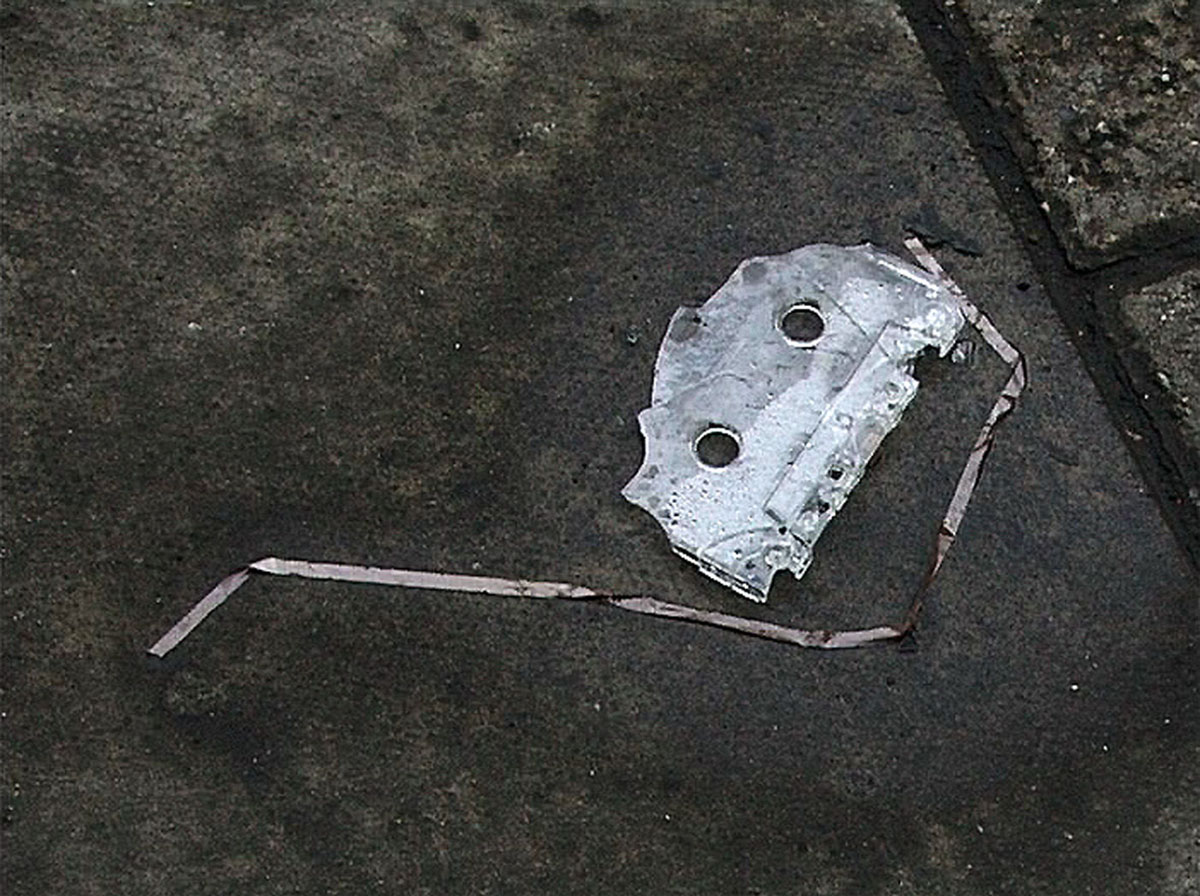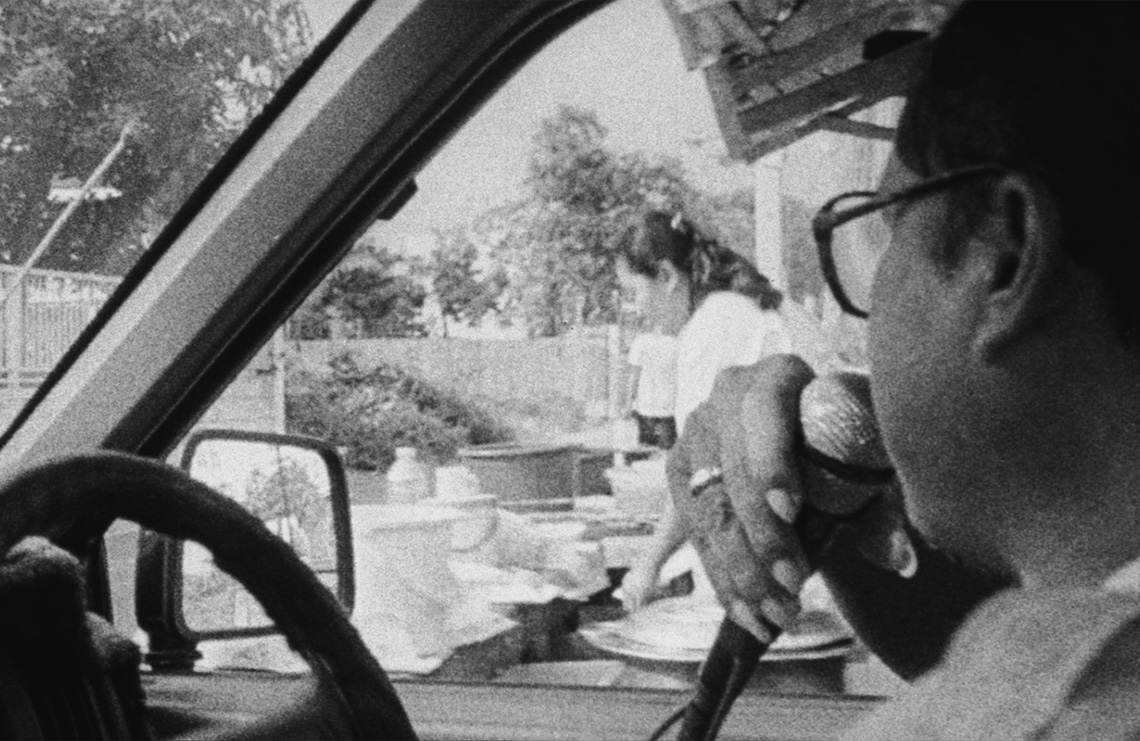Lost Sound

Sharing an interest in synchronicity and chance encounters, film artist John Smith and sound artist Graeme Miller worked together on Lost Sound: a sonic reconstruction of their East London neighbourhood from cassette tapes they found discarded in the street. From sounds found hanging from trees like a mistletoe, from lampposts and awnings like the flotsam of an impossible high tide or blown by a breeze saturated with radio waves and mobile phone signals, Smith and Miller make a modern tangleweed of magnetic tape that sings its discarded memories. Bringing together characteristics of a sociological quest, a light-hearted form of situationism and a simple exercise in the art of the objet trouvé, the work explores the potential of chance. It creates an enthralling audio-visual cartography by building formal, narrative and musical connections between images and sounds that are linked by the random discovery of the tape samples. “A lyrical and poignant response to the urban environment, Lost Sound depicts the city as a disparate and fragmented series of personal histories. A sense of migration, loss and displacement seeps through upbeat soundtracks from sunnier climes.” (Helen Legg)
“The resulting video is a pure process piece — whatever music is playing on the soundtrack is that found on the fragment of tape that appears on the screen. The formality of the idea is undercut by the emotive power of the found music (and John stretching his own rules in the editing). John, who had always been suspicious of lush soundtracks, had found an excuse to use passion, albeit in a rigorous way. It was as if any emotion he wanted to feel (but was too embarrassed to deliberately express) could be discovered abandoned out on the street, emotion as a found object.” (Cornelia Parker)
Dogfar nai mae marn (Mysterious Object at Noon)

Inspired by the surrealist procedure called cadavre exquis (exquisite corpse), Apichatpong Weerasethakul — who is credited here as a mere “story editor” — and his crew meander from the northern provinces of Thailand to the south and, in a series of chance encounters, ask street vendors, farmers, local theater groups, and children to collectively tell a story. Each storyteller has to continue the tale where it had been left off. With each new encounter, the narrative evolves and changes, absorbing melodramatic and supernatural elements rooted in Thai soap operas and folklore, and extending the telling into the untold. Together, they slowly turn a fairly straightforward exposition into a polyphonic and heteroglossic tale of humans, animals, and aliens. The daisy-chain narrative of interlocking vignettes is shaped through speech or sign language, song and dance or radio broadcast, and grows more outlandish by the mile. Filmed on 16mm over the course of three years during Thailand’s economic crisis of the late 1990s, Mysterious Object at Noon already shows the rigorous attention paid to intricate sound recording and design, as well as uncanny narrative structures, that would characterize the director’s later film and video work, highlighting the full potential of cinema as a resonant form of composition and fabulation. “Less an anomaly than a secret skeleton key to Weerasethakul’s work... Mysterious Object at Noon revels in the myriad ways a story can be transmitted.” (Dennis Lim)
“You’re likely to be utterly enchanted by this unique dish of entertainment that may be the beginning of a new art form: Village Surrealism. Mr. Weerasethakul’s fifilm is like a piece of chamber music slowly, deftly expanding into a full symphonic movement; to watch it is to enter a fugue state that has the music and rhythms of another culture. It’s really a movie that requires listening, reminding us that the medium did become talking pictures at one point.” (Elvis Mitchell)
Restored in 2013 by The Film Foundation’s World Cinema Project and the Austrian Film Museum. Restoration works carried out at the Austrian Film Museum, LISTO laboratory in Vienna, Technicolor Ltd in Bangkok, and Cineteca di Bologna/L’Immagine Ritrovata laboratory, in close collaboration with Apichatpong Weerasethakul.